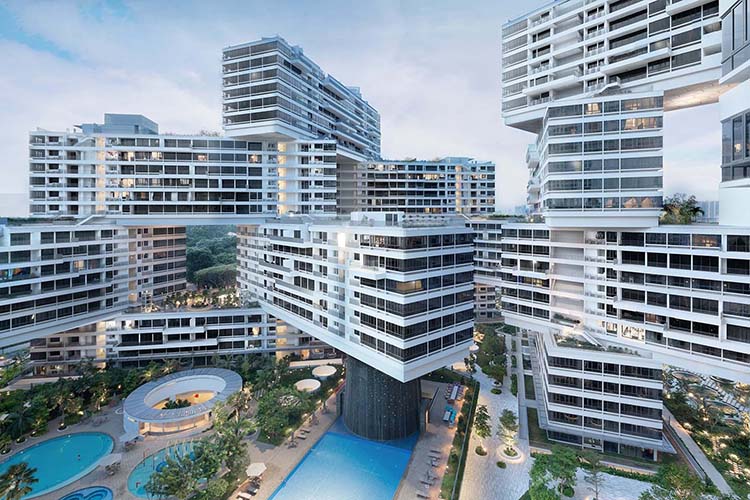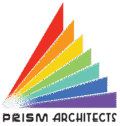Architecture for the Future: Designing with Responsibility, Creativity, and Purpose

Understanding the Architectural Design Process
In architecture, the design journey unfolds in several structured phases. It begins with a clear understanding of the project requirements, followed by the conceptualization and selection of design ideas, and concludes with the development of detailed drawings and documentation.
At each stage, the architect’s vision must align with not just functional needs but also the spatial identity, community character, and—most importantly—the aspirations of the client. Architecture is not simply about the present—it is inherently a design for the future.
Designing for a Future Beyond the Present
Every building is a vision of the future. But the future is not a fixed destination—it is a dynamic blend of sustainability, creativity, flexibility, and freedom. In today’s context—marked by environmental degradation, growing inequality, and mental stress due to sedentary urban lifestyles—architecture has a responsibility far greater than aesthetics.
At its best, responsible architecture can:
Conserve natural resources
Offer emotional and physical security
Inspire intellectual growth
Encourage social equity
Reflect cultural and neighborhood identity
Sustainability as a Design Imperative
Sustainability must not be treated as an afterthought. It should be embedded in the design strategy—from material selection and construction timelines to energy efficiency and adaptability. A sustainable building is one that respects its environmental context and serves generations beyond its immediate users.
At [Your Firm Name], we believe sustainability is not limited to the ecological. It also means being economical, flexible, and emotionally durable.
The Role of Creativity in Architectural Spaces
To design for the future, architects must move beyond what is immediately visible. Creativity is the ability to imagine what’s possible—not just what’s expected. Great architecture nurtures this spirit of possibility in its users.
In offices, creative spaces boost productivity and innovation
In schools, they enhance learning and curiosity
In homes, they foster positive relationships and emotional well-being
Well-designed spaces inspire freedom of thought, expression, and imagination, making creativity a core value of future-ready architecture.
Architecture as a Medium for Intellectual and Social Freedom
Architectural environments have the power to shape mindsets. A thoughtfully designed space can empower its occupants—mentally, emotionally, and socially. That’s why architecture for the future must prioritize more than form and function—it must promote:
Freedom of thought and expression
Security and inclusivity
Cultural relevance and belonging
What Makes Architecture Timeless?
Timeless architecture is not defined by a style but by its ability to stay relevant across generations. Buildings that embody sustainability, creativity, flexibility, security, and identity stand the test of time.
The best architectural works are those that respond to their era yet transcend it—providing lasting value to both people and the planet.
Conclusion: Building for What’s Next
The future of architecture lies in its ability to integrate responsibility with imagination. By designing spaces that are sustainable, emotionally intelligent, and culturally grounded, architects can create environments that inspire, protect, and evolve with their occupants.
At Prism Architects, we are committed to crafting architecture that matters—today, tomorrow, and for the future.
